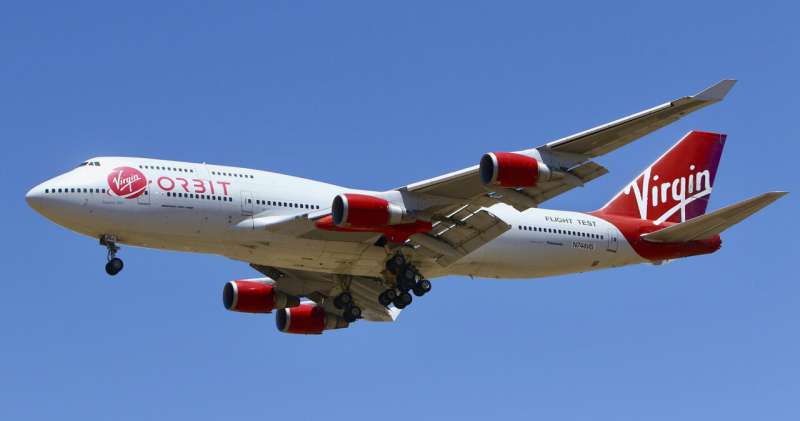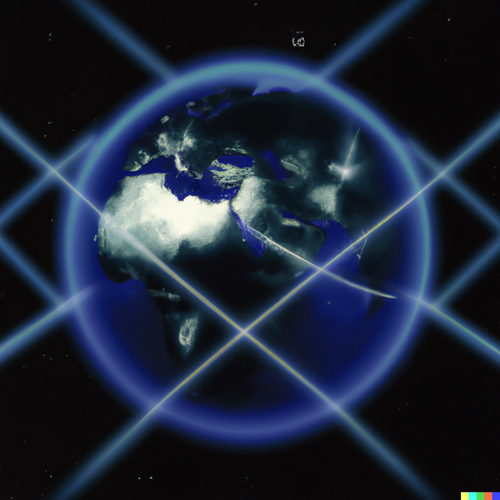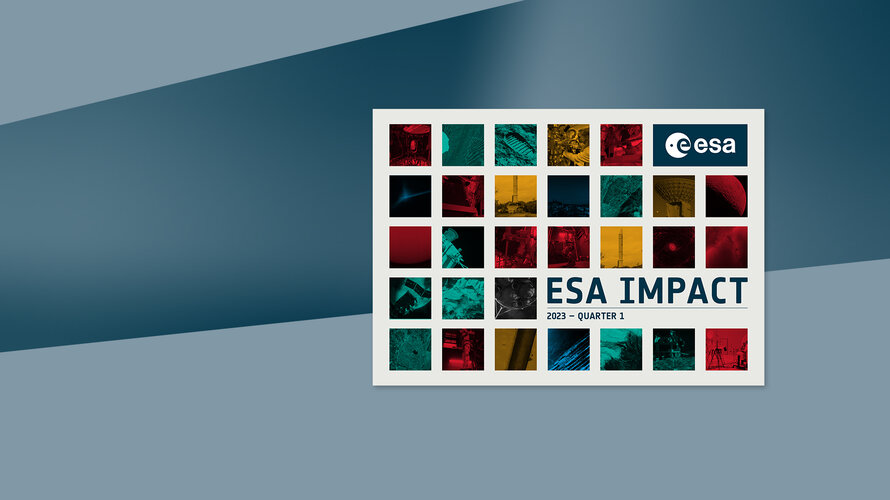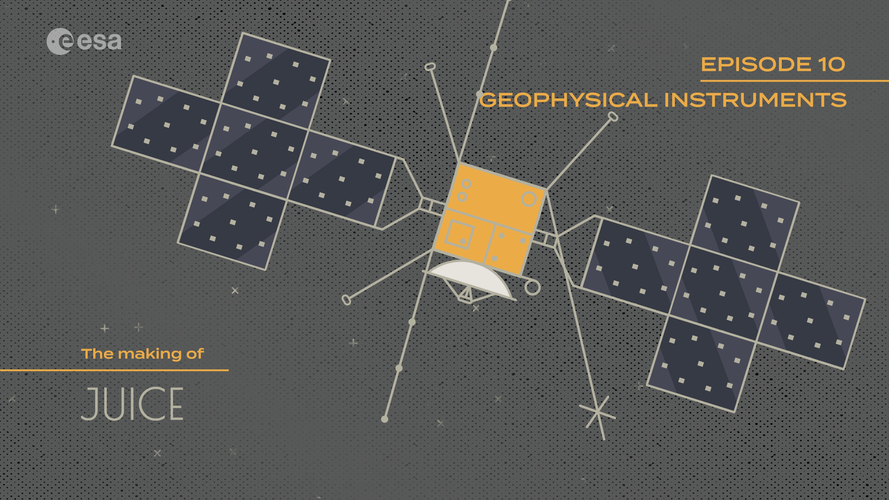
Copernical Team
MOXIE Celebrates 2 Years on Mars: Discoveries and Work Left To Do
 MOXIE, the Mars Oxygen In-Situ Resource Utilization Experiment, is a Perseverance Rover payload on Mars. MOXIE uses a scroll pump to capture the thin, carbon-dioxide dominate air of Mars and flows it into a Solid Oxide Electrolysis (SOXE) stack. The SOXE performs an electrochemical process that strips oxygen atoms off the carbon dioxide. This oxygen is a valuable resource for rocket propellant o
MOXIE, the Mars Oxygen In-Situ Resource Utilization Experiment, is a Perseverance Rover payload on Mars. MOXIE uses a scroll pump to capture the thin, carbon-dioxide dominate air of Mars and flows it into a Solid Oxide Electrolysis (SOXE) stack. The SOXE performs an electrochemical process that strips oxygen atoms off the carbon dioxide. This oxygen is a valuable resource for rocket propellant o NASA's Perseverance Collects First Mars Sample of New Science Campaign
 NASA's Perseverance rover cored and stored the first sample of the mission's newest science campaign on Thursday, March 30. With each campaign, the team explores and studies a new area. On this one, the rover is exploring the top of Jezero Crater's delta. Perseverance has collected a total of 19 samples and three witness tubes, and it recently deposited 10 tubes as a backup cache on the Martian
NASA's Perseverance rover cored and stored the first sample of the mission's newest science campaign on Thursday, March 30. With each campaign, the team explores and studies a new area. On this one, the rover is exploring the top of Jezero Crater's delta. Perseverance has collected a total of 19 samples and three witness tubes, and it recently deposited 10 tubes as a backup cache on the Martian The Role of a Rover, a Lander, and Helicopters in the Unique Shape of the First Sample Depot on Mars
 NASA's Perseverance rover is now exploring the upper surface of the Western Fan in Jezero crater, having completed a very successful one Mars year Prime Mission. It has sealed 22 of the 43 sample tubes it brought to Mars and created the Three Forks Sample Depot where it deposited 10 of these samples.
The Mars Sample Return mission aims to bring some of the samples that Perseverance collect
NASA's Perseverance rover is now exploring the upper surface of the Western Fan in Jezero crater, having completed a very successful one Mars year Prime Mission. It has sealed 22 of the 43 sample tubes it brought to Mars and created the Three Forks Sample Depot where it deposited 10 of these samples.
The Mars Sample Return mission aims to bring some of the samples that Perseverance collect ESA detects four-leaf clovers from space

ESA is excited to announce a revolutionary new technology that could bring luck to people all over the world: four-leaf clover detection from space.
Sustainable space exploration will harness microbes

Richard Branson's Virgin Orbit slashing 85% of its workforce

GENESIS of a new Earth: join ESA’s Earth measurement mission

The idea behind ESA’s GENESIS mission is simple: a fixed framework is needed to chart the relative positions of locations across our planet, and satellites in orbit serve as the foundation of this framework. Fix a satellite’s own position in space accurately enough and you can measure Earth under it much more precisely too.
Shaun the Sheep is baaa-ck
 Image:
Shaun the Sheep is baaa-ck
Image:
Shaun the Sheep is baaa-ck ESA Impact 2023 – Quarter 1

ESA Impact 2023 – Quarter 1
Welcome to this edition of ESA Impact, an interactive publication covering stories and images from the first quarter of 2023.
The Making of Juice – Episode 10.3
 Video:
00:19:44
Video:
00:19:44
The Making of Juice series takes the viewer behind the scenes of the European space industry, space technology and planetary science communities around ESA’s Jupiter Icy Moons Explorer (Juice) mission.
Juice has a state-of-the-art science payload comprising remote sensing, geophysical and in situ instruments. This episode focuses on the geophysics instruments, which will explore the moons’ surface and subsurface, probe the atmospheres of Jupiter and its moons, and measure their gravity fields.
The GAnymede Laser Altimeter (GALA) will study the tidal deformation of Ganymede and the topography of the surfaces of the icy moons. The Radar for Icy Moons
































